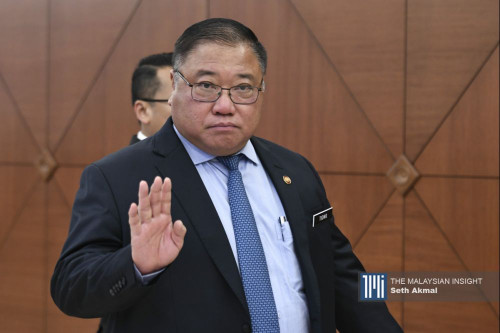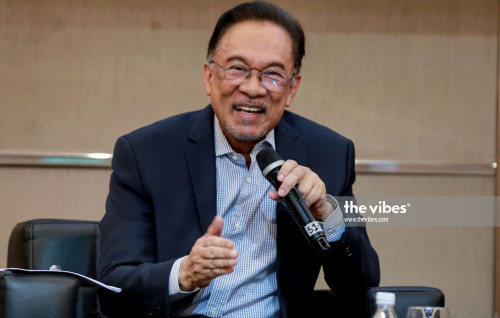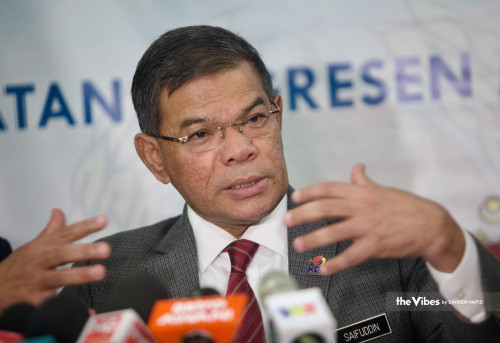HISTORIANS and indigenous rights groups in Sabah have found themselves entangled in the contentious debate over the use of the proper terminology to identify the indigenous peoples of the region.
While some advocate the use of “Dayak”, others argue in favour of “Momogun”, revealing complexities in the quest for a unified identity.
Historical researcher and banker Shari Jeffri argued that the “Dayak” term was more appropriate, citing historical and political references to support his point.
“Historically, the origin of the name of Dusun came from Brunei. They described the indigenous people as the Dusun tribe.
“Furthermore, when the Europeans came, they also named the indigenous people in Sabah as Dayak as how the latter had also described themselves to the former colonial race,” he told The Vibes.
Shari said evidence of this was in the 1901 published book written by American naturalist William Temple Hornaday – “The Experiences of Hunter and Naturalist in the Malay Peninsula and Borneo” in which he described the indigenous people of the Borneo Islands as “being over 5 feet 4 inches, a proportioned build muscular body wearing ‘chawat’ (loincloth) or a piece of cotton cloth”.
“I would say that the majority of the indigenous people of Borneo from time immemorial described themselves as Dayak, not following other people’s description of the identity of the tribe,” said Shari as he shared a copy of the Hornaday’s chart on the Dayak tribes in Borneo.
Similarly, Shari said use of the terms “Momogun” and “Kadazan” was also from time immemorial and that the term was also widely debated in the 1960s in Sabah amid the growing political realisation in the state at the point of time.
“The belief here was that they (the indigenous people of Sabah) were the children of the deity Kinohiringan as stated in the ancient folklore of the people... in 1962, G.S Sundang from Keningau also established the Pasok Momogun Party and the party later merged with United National Kadazan Organisation to form United Pasok Momogun Kadazan Organisation (Upko) in 1964,” he said.
The debate has gained renewed attention following the recent suggestion from Upko president Datuk Ewon Benedick over the use of “Momogun” in official forms. However, Sabah Deputy Chief Minister Datuk Seri Jeffrey Kitingan proposed the term “Dayak” instead while not arguing the validity of “Momogun” also as a proper terminology.
Historian and associate professor Bilcher Bala also supports the use of “Dayak” as a generalised term for the indigenous people of Borneo, which includes Sabah, while also acknowledging the use of “Momogun” as not wrong.
However, he said adopting the term “Dayak” does not do away with each ethnic group’s identities.
He noted it only aptly identifies the Murut, Kadazan and Dusun ethnic groups in Sabah.
“Generally, Dayak is a term that identifies the indigenous groups other than the Malays, Bajau, Suluk or Brunei.
“The ethnic groups in Sarawak have already accepted ‘Dayak’ but remain in reserve if they were identified as Dayak Kelabit, Dayak Kayan or Dayak Bisaya.
“They only want to be identified merely only as Kelabit, Kayan or Bisaya people, by removing the terminology ‘Dayak’ as a prefix,” he said.
For Sabah, the indigenous peoples in Sabah must come to a consensus either to adopt Dayak or Momogun to put to rest the matter, he said.
He admits the use of the term Dayak had a negative connotation in the past as it was associated as being a “wild people or headhunters” in the past but today, they are represented in the United Nations and bring about a good name for themselves due to such struggles like defending customary land.
Leader of the Borneo’s Plight Malaysia Foundation Daniel John Jambun and indigenous rights activist Kanul Gindol, who is a Dusun Tindal, also supported the use of the term “Dayak.”
“The Orang Asal of Borneo has the numbers to assert its own inherent rights. The Orang Asal of Borneo ought to see the bigger picture. Dayak is the right anthropological term for the Dayak Nation (Borneo),” said Jambun.
“Dayak isn’t a nation-state based on the rule of law. It’s based on Adat, which, being based on customary practices, has the force of law,” he added.
Meanwhile, Kanul said the adoption of Dayak can work as a unification theme for the Kadazandusun and Murut ethnic groups with their counterparts in other parts of Borneo.
“It is not that ‘Momogun’ is not a good terminology, but Dayak could be used to identify all the natives of Sabah and Sarawak,” said Kanul, adding that it can also help reduce the use of space in government official forms as opposed to listing each ethnic group separately.
Kanul also suggested the use of the term of Bumiputera or non-Bumiputera to put the matter to rest should the matter remain unresolved.
Meanwhile, former senator Adrian Lasimbang asked whether such an argument would be worth it.
“Everything is just for the sake of identity politics. We must see the context – if it’s state-level or national-level administration we are talking about.
“The best guiding principles to determine this is by referring to the guiding principles in the United Nations Declaration on Rights of Indigenous Peoples (UNDRIP).”
“Based on these principles, Jaringan Orang Asal SeMalaysia (JOAS) has adopted the term ‘Orang Asal’ for national context. So, best is to use the term ‘Anak Negeri’ for Sabah,” he said.
Lasimbang said the main goal was to remove the term “others” in the official forms, not to embroil in discussions on which terms are the most appropriate.
Rungus Cultural Association president Jornah Mozihim also took the view of supporting the use of Momogun as she recalled the use of such terms by political leaders in the 1960s.
“It is time for the indigenous people of Sabah to have a common identity to remove the use of ‘others’ in official forms since Malaysia,” she said the use of the term had existed since ancient times.
She said Momogun describes the Dusun, Murutic and the Paitanic tribes.
“The Rungus folks have used Momogun for so long and are proud to be part of the Momogun race,” she said.
The association has been waiting for the use of the term Momogun in official forms since the Momogun Convention in 2016, where 26 bodies endorsed the use of the term through the “Declaration of Momogun” in official forms.
Dayaks account for approximately 8.18 million people in Borneo Island, which is the third largest island in the world, with 4.59 million in Indonesia and 3.6 million in Malaysia. – The Vibes, May 6, 2024



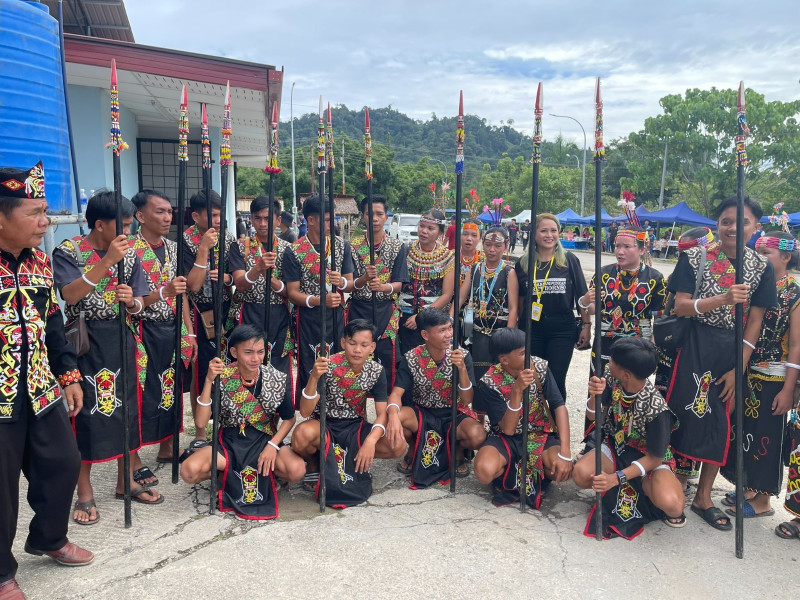



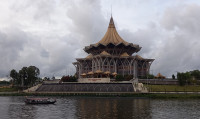
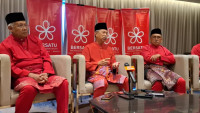




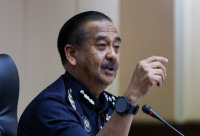
_flanked_by_wong_(right)_and_haryany_(left)_at_the_museum.jpeg)
